The Sagrada Familia, Park Güell, La Pedrera, Casa Batlló… Few have left an architectural legacy as memorable as that of Antoni Gaudí, whose buildings are some of the most visited sites in the city. In the shadow of this genius stands yet another architect, equally gifted and equally devoted to his city: Lluis Domènech i Montaner. He was the great rival of Gaudí and they both engaged in a ferocious competition.
Here are some of the most famous works by Lluís Domènech i Montaner in Barcelona.
Table of Contents
El Hospital de Sant Pau
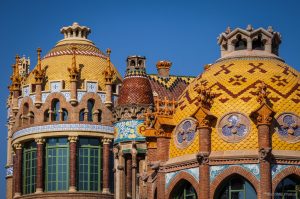


Photo via VisualHunt
Completed in 1930, after almost thirty years of work, this modernist hospital has become a UNESCO World Heritage Site. Domènech led the project until 1913, and the second part was taken up by his son Pere Domènech. The Hospital de la Santa Creu i Sant Pau – its full name – was created to take over for the small hospitals in the center which could no longer meet the growing needs of the population. Domènech wanted to create a hospital that had the ability of making the patients feel better, allowing them to focus on something other than their ailments. Natural light plays a great role in the hospital and the gardens that separate the buildings are filled with aromatic herbs to contribute to the well-being of patients. The buildings are connected by underground corridors to facilitate transfers. The hospital is located 1.5 km from the Sagrada Familia at the end of Avenida Gaudí and its main entrance is turned directly towards the famous cathedral. A proof of their rivalry, perhaps?
Address: Carrer Sant Quintí, 89
Related article: San Pau Recinte Modernista
El Palau de la Música Catalana
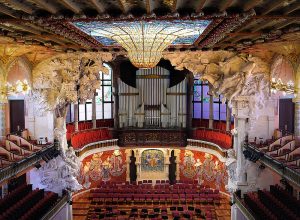


Photo by kkmarais via Visualhunt
The Palau de la Música is another jewel of the modernist architecture by Domènech. The work began in 1905 and was completed in just three years. Stained glass windows, mosaics, sculptures and iron structures were all ready at the same time and could be integrated very quickly into the building. The construction was financed by its sponsor: Orfeón Catalán. The central part of the main concert hall is a “well of light”, a concept created by Domènech to allow the daylight to illuminate the room even in the narrow streets of the Born. The dome is shaped by tiny, multi-colored stained-glass windows depicting the faces of the singers of the original choir, which gives a unique luminosity to this concert hall. It is described by many artists and musicians as the most beautiful music hall in the world.
Address: Carrer Palau de la Música, 4-6
Related article: Important Catalan architects
El Castillo de los Tres Dragones
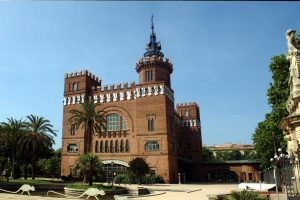


Photo via VisualHunt
In one corner of the Ciutadella Park, next to the main entrance on the Arc de Triomf side, stands another building designed by Domènech. He named it The Castle of the Three Dragons after a historical novel of the same name. It was built between 1887 and 1888 for the Universal Exhibition of Barcelona. It was intended to serve as a café-restaurant for tourists who came to visit the Exhibition. Recently, the building has been transformed into a Museum of Natural Sciences and also hosts research laboratories. It is the most medieval-looking building of the modernist period of Barcelona.
Address: Passeig Picasso, 5
Looking for a new apartment? ShBarcelona is the answer.









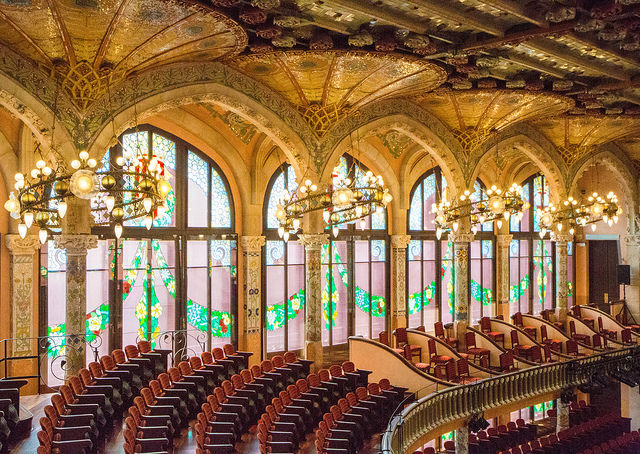



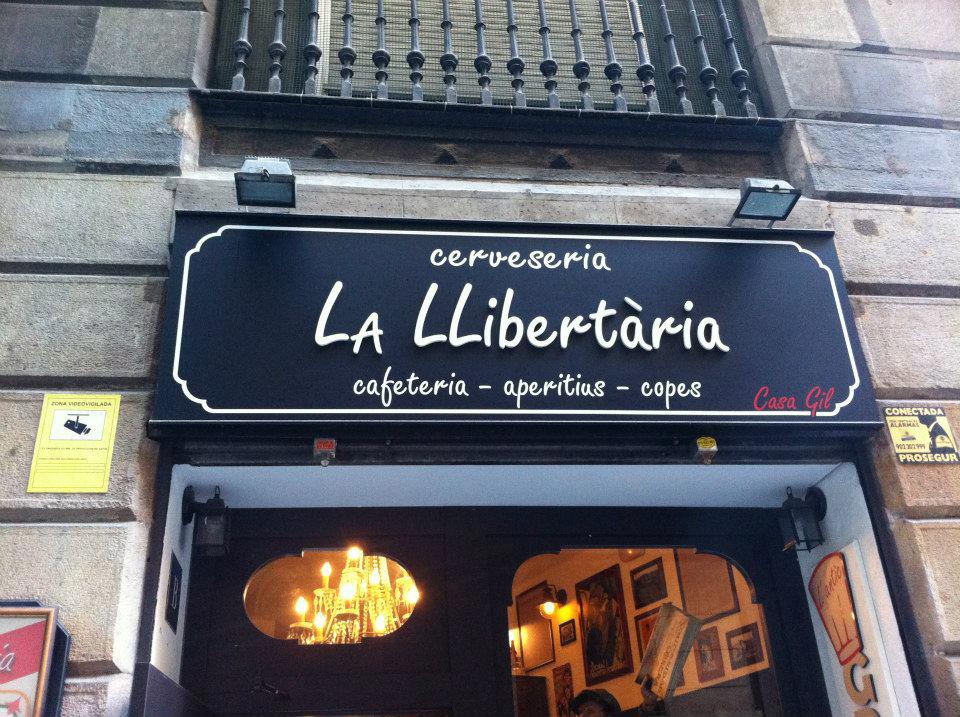

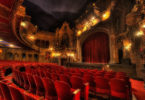

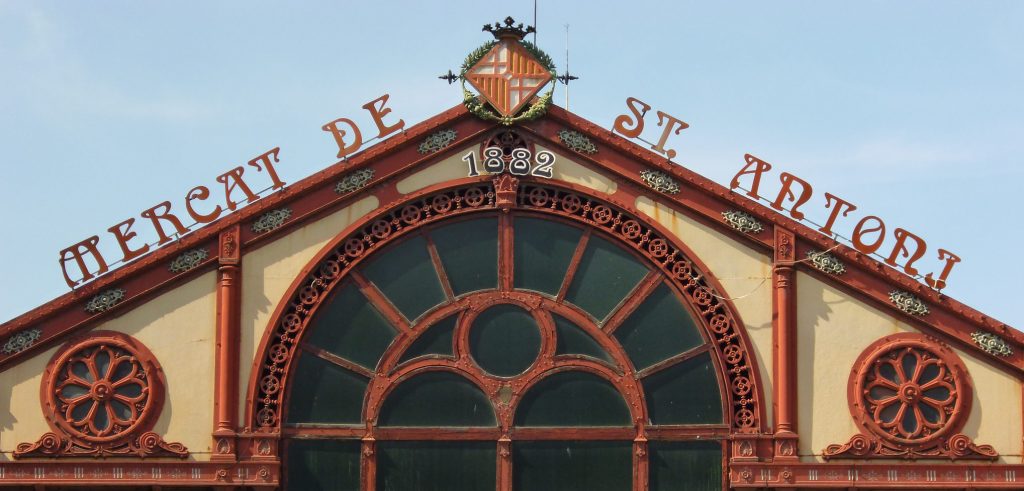

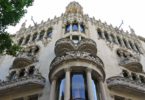

Leave a Comment